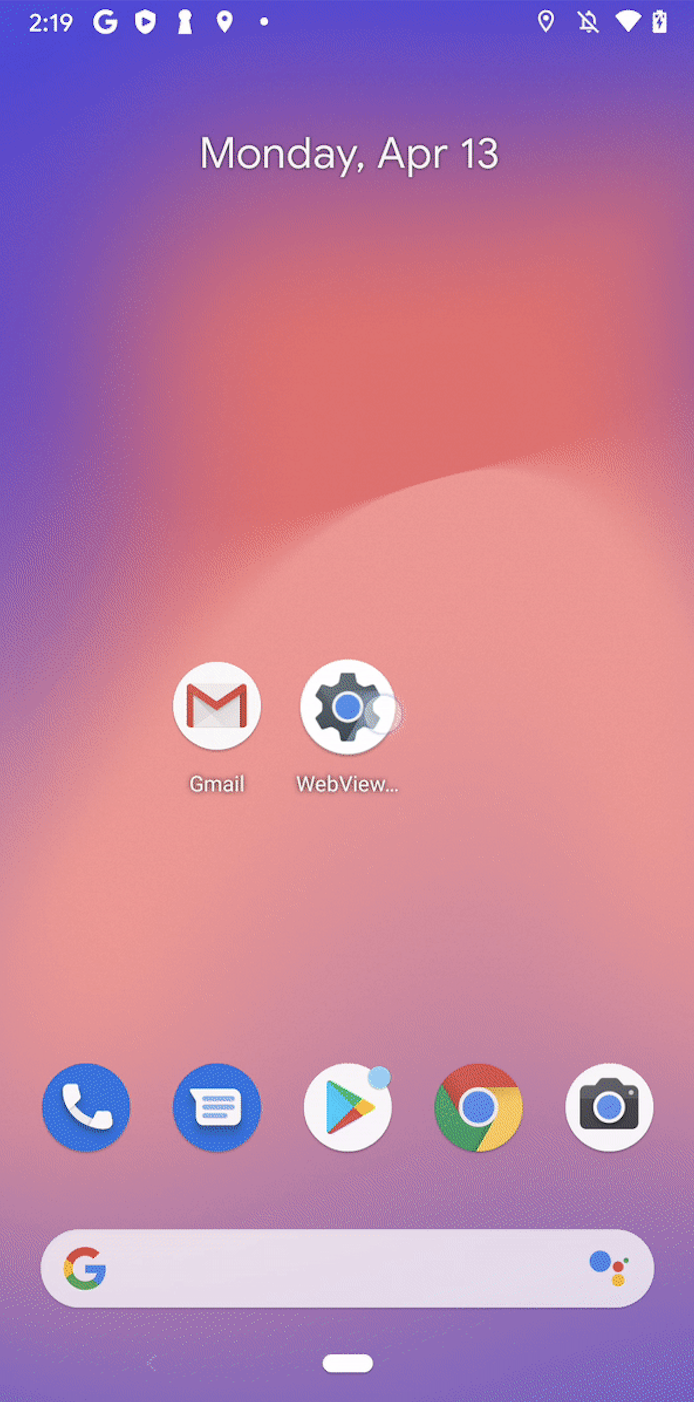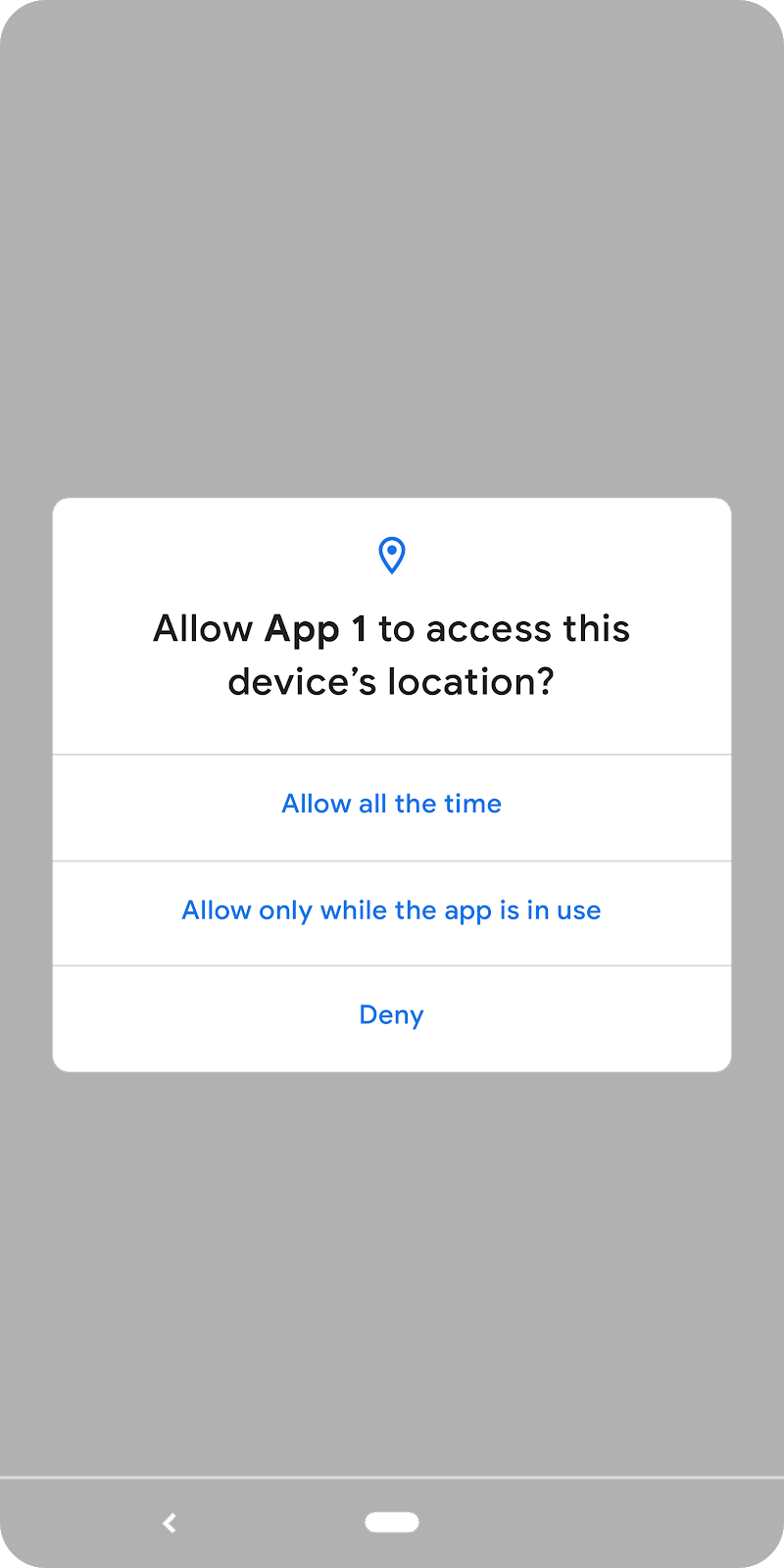Android Studio 3.4
Posted by Jamal Eason, Product Manager, Android

After nearly six months of development, Android Studio 3.4 is ready to download today on the stable release channel. This is a milestone release of the Project Marble effort from the Android Studio team. Project Marble is our focus on making the fundamental features and flows of the Integrated Development Environment (IDE) rock-solid. On top of many performance improvements and bug fixes we made in Android Studio 3.4, we are excited to release a small but focused set of new features that address core developer workflows for app building & resource management.
Part of the effort of Project Marble is to address user facing issues in core features in the IDE. At the top of the list of issues for Android Studio 3.4 is an updated Project Structure Dialog (PSD) which is a revamped user interface to manage dependencies in your app project Gradle build files. In another build-related change, R8 replaces Proguard as the default code shrinker and obfuscator. To aid app design, we incorporated your feedback to create a new app resource management tool to bulk import, preview, and manage resources for your project. Lastly, we are shipping an updated Android Emulator that takes less system resources, and also supports the Android Q Beta. Overall, these features are designed to make you more productive in your day-to-day app development workflow.
Alongside the stable release of Android Studio 3.4, we recently published in-depth blogs on how we are investigating & fixing a range of issues under the auspices of Project Marble. You should check them out as you download the latest update to Android Studio:
- Project Marble: Apply Changes
- Improving build speed in Android Studio
- Android Emulator: Project Marble Improvements
- Android Studio Project Marble: Lint Performance
The development work for Project Marble is still on-going, but Android Studio 3.4 incorporates productivity features and over 300 bug & stability enhancements that you do not want to miss. Watch and read below for some of the notable changes and enhancements that you will find in Android Studio 3.4.
Develop
- Resource Manager - We have heard from you that asset management and navigation can be clunky and tedious in Android Studio, especially as your app grows in complexity. The resource manager is a new tool to visualize the drawables, colors, and layouts across your app project in a consolidated view. In addition to visualization, the panel supports drag & drop bulk asset import, and, by popular request, bulk SVG to VectorDrawable conversion. These accelerators will hopefully help manage assets you get from a design team, or simply help you have a more organized view of project assets. Learn more.

Resource Manager
- Import Intentions - As you work with new Jetpack and Firebase libraries, Android Studio 3.4 will recognize common classes in these libraries and suggest, via code intentions, adding the required import statement and library dependency to your Gradle project files. This optimization can be a time saver since it keeps you in the context of your code. Moreover, since Jetpack libraries are modularized, Android Studio can find the exact library or minimum set of libraries required to use a new Jetpack class.

Jetpack Import Intentions
- Layout Editor Properties Panel - To improve product refinement and polish we refreshed the Layout Editor Properties panel. Now we just have one single pane, with collapsible sections for properties. Additionally, errors and warnings have their own highlight color, we have a resource binding control for each property, and we have an updated color picker.

Layout Editor Properties Panel
- IntelliJ Platform Update - Android Studio 3.4 includes Intellij 2018.3.4. This update has a wide range of improvements from support for multi-line TODOs to an updated search everywhere feature. Learn more.
Build
- Project Structure Dialog - A long standing request from many developers is to have a user interface front end to manage Gradle project files. We have more plans for this area, but Android Studio 3.4 includes the next phase of improvement in the Product Structure Dialog (PSD). The new PSD allows you to see and add dependencies to your project at a module level. Additionally, the new PSD displays build variables, suggestions to improve your build file configuration, and more! Although the latest Gradle plugin v3.4 also has improvements, you do not have to upgrade your Gradle plugin version number to take advantage of the new PSD. Learn more.

Project Structure Dialogue
- R8 by Default - Almost two years ago we previewed R8 as the replacement for Proguard. R8 code shrinking helps reduce the size of your APK by getting rid of unused code and resources as well as making your actual code take less space. Additionally, in comparison to Proguard, R8 combines shrinking, desugaring and dexing operations into one step, which ends up to be a more efficient approach for Android apps. After additional validation and testing last year, R8 is now the default code shinker for new projects created with Android Studio 3.4 and for projects using Android Gradle plugin 3.4 and higher. Learn more.
Test
- Android Emulator Skin updates & Android Q Beta Emulator System Image - Inside of Android Studio 3.4 we released the latest Google Pixel 3 & Google Pixel 3 XL device skins. Also with this release, you can also download Android Q Beta emulator system images for app testing on Android Q. Please note that we do recommend running the canary version of Android Studio and the emulator to get the latest compatibility changes during the Android Q Beta program.

Android Emulator - Pixel 3 XL Emulator Skin
To recap, Android Studio 3.4 includes these new enhancements & features:
Develop
- Resource Manager
- Import Intentions
- Layout Editor Properties Panel
- IntelliJ 2018.3.4 Platform Update
Build
- Project Structure Dialog
- R8 by Default
Test
- Emulator Device Skins
- Android Q Beta Emulator System Image Support
Check out the Android Studio release notes, Android Gradle plugin release notes, and the Android Emulator release notes for more details.
Getting Started
Download
Download the latest version of Android Studio 3.4 from the download page. If you are using a previous release of Android Studio, you can simply update to the latest version of Android Studio. If you want to maintain a stable version of Android Studio, you can run the stable release version and canary release versions of Android Studio at the same time. Learn more.
To use the mentioned Android Emulator features make sure you are running at least Android Emulator v28.0.22 downloaded via the Android Studio SDK Manager.
We appreciate any feedback on things you like, and issues or features you would like to see. If you find a bug or issue, feel free to file an issue. Follow us -- the Android Studio development team ‐ on Twitter and on Medium.


Komentar
Posting Komentar